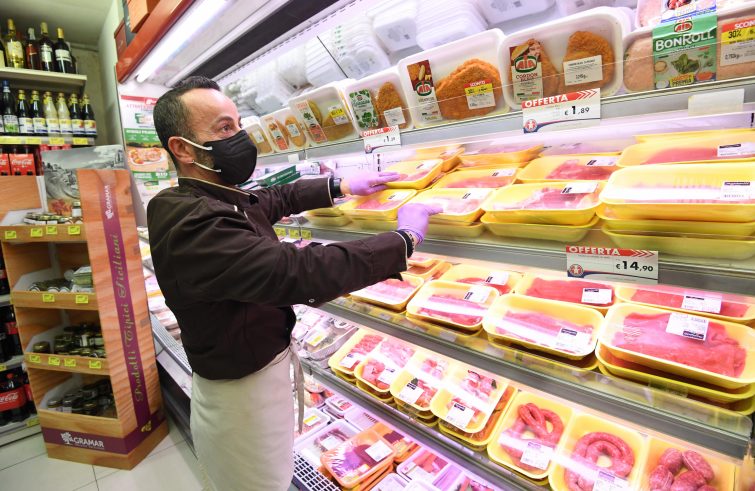
It’s running high in the United States (+7% annually), in Europe (+5% and slightly less in Italy), and in various parts of the world. We had forgotten about it, at least in the most industrialised countries. The entire phase of the euro currency adoption in Europe (despite initial speculations) was characterised by considerable stability.
Moderate inflation (the “good” inflation in Europe is estimated at 2%) may offer some benefits, it reduces the burden of those – family, government, business – required to repay a fixed-rate loan. It signals harmonious economic growth with increased consumption and employment.
Conversely,
the swift and unhealthy price increases only cause purchasing power to drop, namely with the same money you can no longer buy the same amount of goods and services as in the previous month.
Over the past few months households and businesses have been bearing the brunt of higher expenditure and will be unable to restore the previous balance overnight: the former will have to work harder or ask for higher wages; the latter will raise prices whenever possible.
Not everyone can increase their income at once. As the months go by, in order to maintain the previous balance, it will be necessary to withdraw savings or cut consumption.
This has been happening for the past few weeks.
Governments and economists are struggling to face a tightrope walk to recovery amid rising headwinds of high inflation and the Omicron variant. They will need to balance the books for at least half a year, perhaps for all 2022, while a more manageable scenario is expected in 2023.
Inflation in times of Covid is no different than it was in the past, except for a tragic death toll and healthcare expenditure of a global pandemic that just won’t go away.
Several factors have contributed to the rise in inflation in recent months, such as the price of liquefied natural gas, which has tripled as a result of China’s summer buying spree, pipeline restructuring and the Russia-Ukraine crisis.
Europe discovered its fragility, and not surprisingly, proposals for using nuclear energy are resurfacing.
Gas and oil are essential for production and transport, which means that energy prices are being charged throughout, thereby giving rise to a leading indicator of inflation: increasing commodity prices.
Freight prices – container transport of goods where China rules the seas – have soared.
Rising food prices are causing shortages and hunger in the most disadvantaged countries. The FAO’s Food Index highlights ongoing developments.
Also typical of inflation is a surplus of demand over supply. This can be seen in the shortage of microchips and technological components. Finally, the abundance of cheap money (low interest rates), a traditional manoeuvre of the central banks (ECB, Fed and others) to support investment, consumption and employment.
They will now raise interest rates, at least three times this year in the US and later in Europe. In order to rein in uncontrolled inflation.












